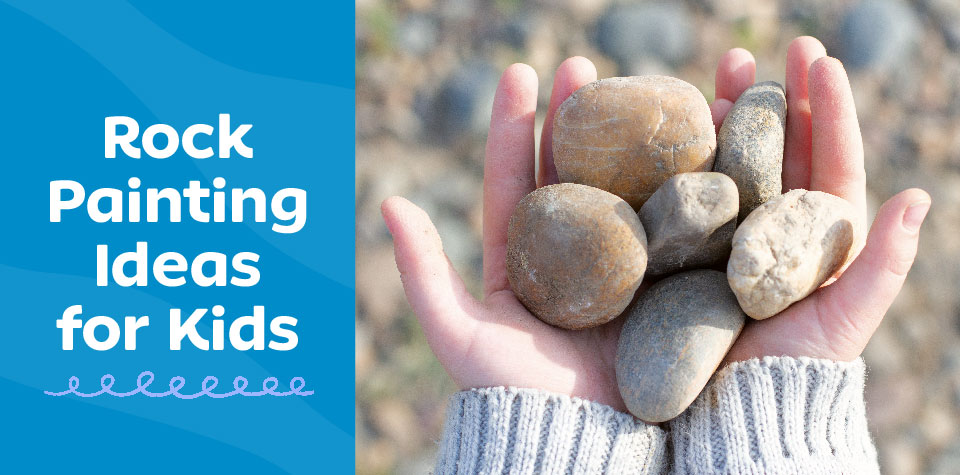
Rock Painting Ideas for Kids
Rocks come in many sizes, shapes, colors, and textures, fueling children’s natural curiosity about the world around them. Many kids are so fascinated by these lumps of hardened minerals that outdoor adventures end with a handful of unique stones to add to their growing collections.
But did you know rocks also make great canvases for art projects? Let’s dig into a few rock painting ideas to help your kids make their treasures even more special—and some fun facts that will help them understand what exactly they’re painting.
Who Studies Rocks and Minerals?
The study of Earth and its rocks and minerals is called geology. Geologists help us understand how Earth formed, what it’s made of, and the natural forces acting on our planet, such as earthquakes and erosion. Rocks are an important part of Earth’s structure and processes, which is why people sometimes think of geology as “rock science.”
The Three Kinds of Rocks
There are three main types of rock: igneous, sedimentary, and metamorphic. Geologists group rocks into these categories based on where the rocks are found and how they’re formed in nature.
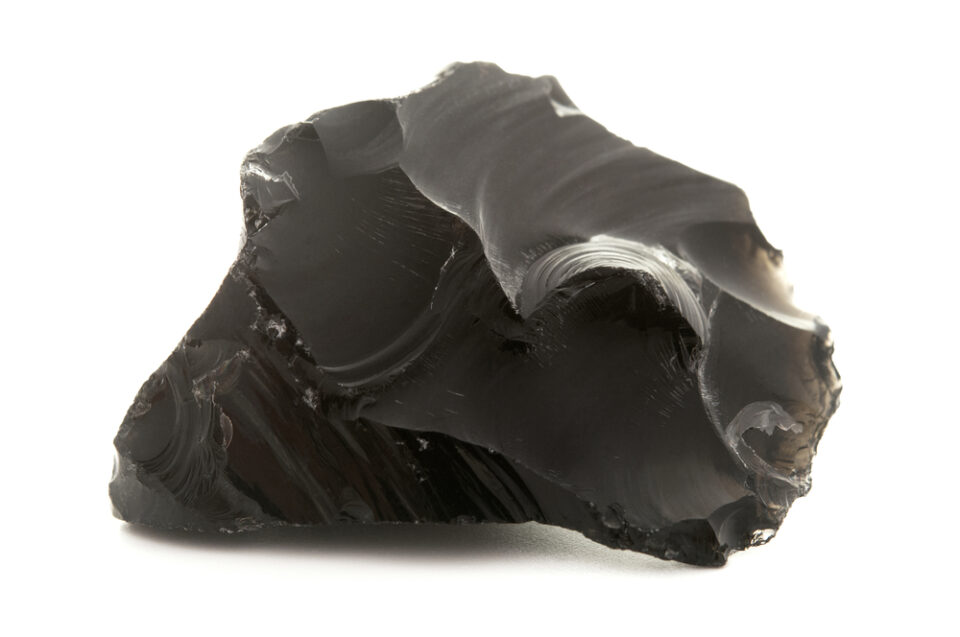
Igneous Rocks
When searching for igneous rocks, the best place to look is near a volcano. These lumps form when the molten rock on, above, or below Earth’s surface cools and solidifies.
There are two kinds of igneous rocks: intrusive and extrusive. Intrusive igneous rocks form when molten rock material below Earth’s surface (called magma) cools over thousands to millions of years. Some examples of intrusive igneous rock include diabase (which you can find at Stonehenge in England) and granite (which makes up the surface of some kitchen counters).
While most magma stays beneath Earth’s surface, some feeds into volcanoes. When a volcano erupts, that magma (which becomes lava during an eruption) hits the air and cools almost instantly, becoming extrusive igneous rocks. This rock type includes obsidian (a shiny rock used to make tools in ancient times) and pumice (a porous rock some people use to exfoliate their skin).
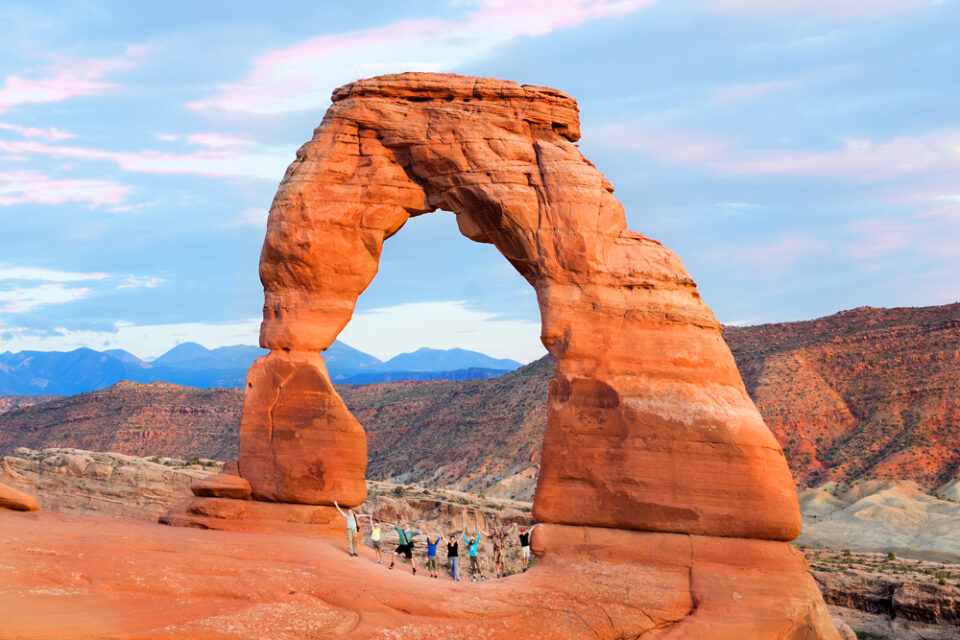
Sedimentary Rocks
Sedimentary rocks form when forces including erosion (caused when air or water wears away the Earth) and lithification (when loose grains of sediment harden into rock) create new rock from organic material or pieces of other rocks. Most sedimentary rocks form in layers. The Arches National Park in Utah is a great example of beautifully layered sedimentary rock.
Some sedimentary rocks (like sandstone) are made from pieces of preexisting rocks worn down by erosion. As the minerals break away from their original rock formations, they are carried to new locations and eventually become buried and compacted into a new rock. Other sedimentary rocks (like coal) are made when biological materials such as plants and animal bones are compressed beneath the ground and harden into rock.
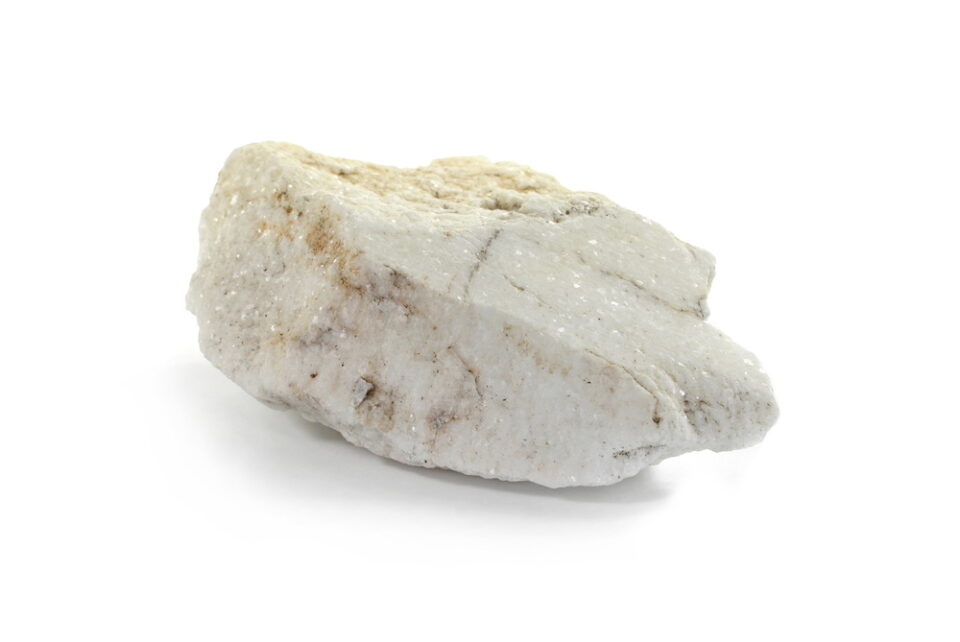
Metamorphic Rocks
Metamorphic rocks get their name from the word “metamorphosis,” which means “changing in form or structure” in Latin. Metamorphic rock is formed when high temperatures and pressure alter an existing rock’s physical and chemical properties to make it into a new, different rock.
Some kinds of metamorphic rock (like slate) have a sheet-like structure. These are called foliated metamorphic rocks, and they take this form because the minerals within them line up when they experience pressure. However, not all metamorphic rocks are foliated. Some minerals refuse to line up even under immense pressure, which creates non-foliated metamorphic rock like marble.
How to Paint Rocks
No matter what kind of rocks your kids find on outdoor adventures, they can dress them up with a little bit of paint and imagination. Rock paintings are an excellent way for kids to add a personal touch to a garden, a patio, or home decor.
Materials
- Rocks
- Small paint brushes
- Nontoxic acrylic paints (in a variety of colors)
- Nontoxic water-based acrylic sealer (optional)
Directions
- Kids collect rocks in a variety of shapes and sizes. Smooth rocks with a flat side work best for painting because they provide an even surface.
- Kids wash the rocks to remove any dirt or dust. Once clean, set the rocks aside and allow them to dry completely.
- Kids use acrylic paint to decorate the stones with eye-catching colors and creative designs.
- Allow the paint to dry. If kids plan to keep their rocks outdoors, an adult may choose to coat them with acrylic sealer to protect the paint.
Three Rock Painting Ideas
Once your kids’ rocks are clean, dry, and ready to paint, it’s time for them to decide how they will decorate their little treasures (Step 3 above). Looking for artistic inspiration? Here are three easy rock painting ideas to try.
Animal and Insect Rocks
Stones make the perfect canvases for cute rock paintings of animals. For example, paint a round rock’s flattest face red from top to bottom. Once that base coat dries, use black paint to cover the top third of the stone, draw a vertical line down the middle, and add a few black dots on either side. Just like that, it’s a ladybug!
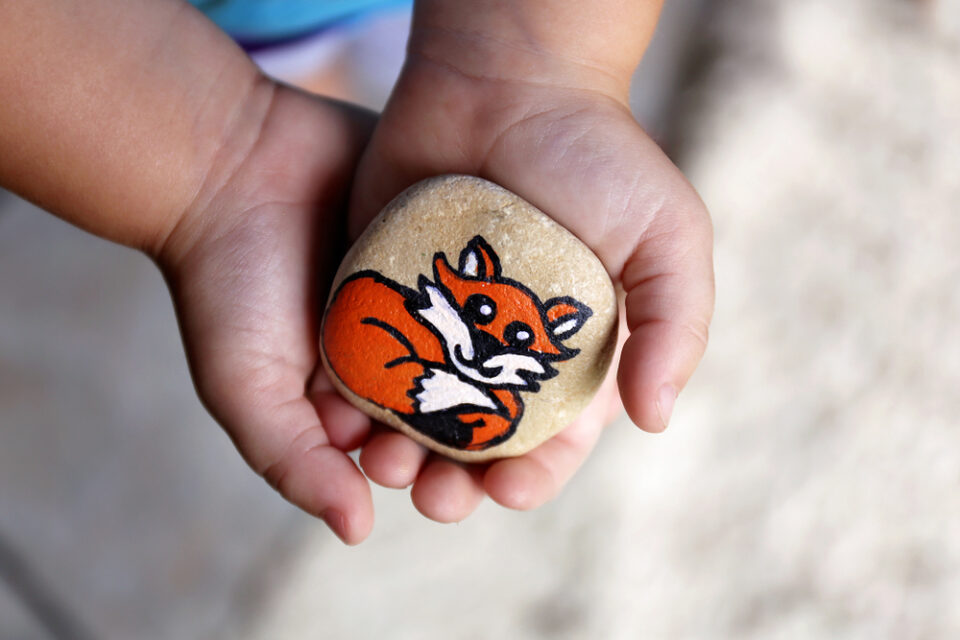
Nature-Themed Rocks
If the kids plan to keep their rocks in the yard, they may want to give garden-themed rock painting ideas a whirl. To create a slice of watermelon, paint a rock pink, trim the edges in green, and add black spots. Or decorate a bunch of stones like brightly colored flowers and arrange them into a bouquet. The options are endless—just look to Mother Nature for inspiration.
Message Rocks
Some kids may want to use their rocks to spread a positive message at home or in their community. They can paint an uplifting word, phrase, or sentence on a stone (such as “Believe in yourself” or “Smile”) using fun colors. Kids can decorate the edges however they choose and place the stone where someone will see it. This little act can spread some love in the world and remind your neighbors that kindness rocks.
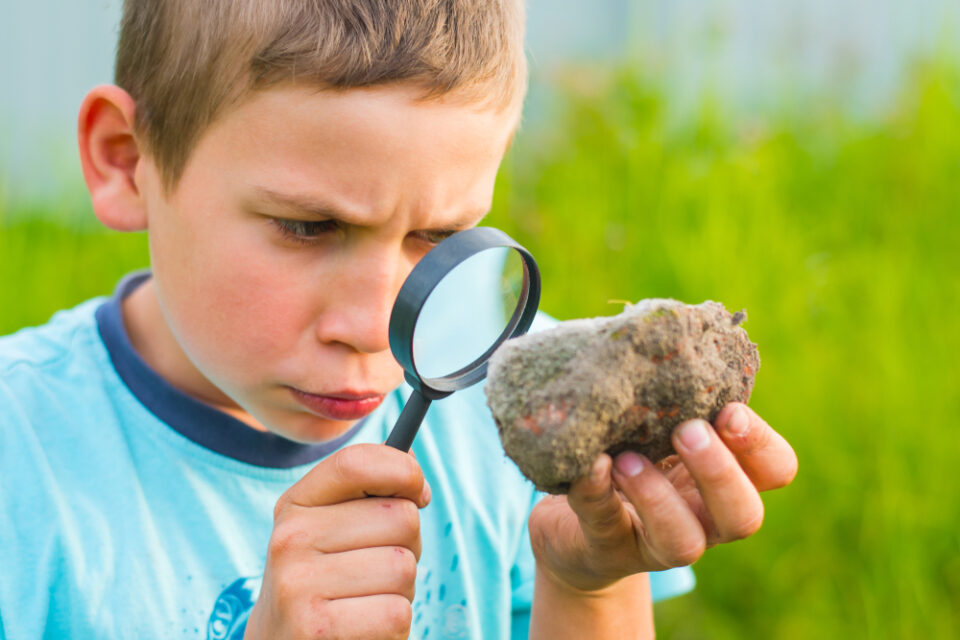
Unearth Amazing Rocks and Minerals with Little Passports
Painting rocks with your kids encourage them to get outside, think creatively, and create adorable keepsakes that remind them of family fun. If you’re looking for more DIY craft ideas to add color to your kids’ lives, try pumpkin painting, creating tie-dye shirts, or playing with sidewalk chalk.
For children who love to learn about the world around them, our Science Junior subscription is the perfect gift to fuel their curiosity. Each month, your kids will receive a box containing hands-on experiments, fun stories, and more to help them understand topics including gravity, geology, and volcanology. It’s a wonderful way to explore hands-on science from the comfort of home!
